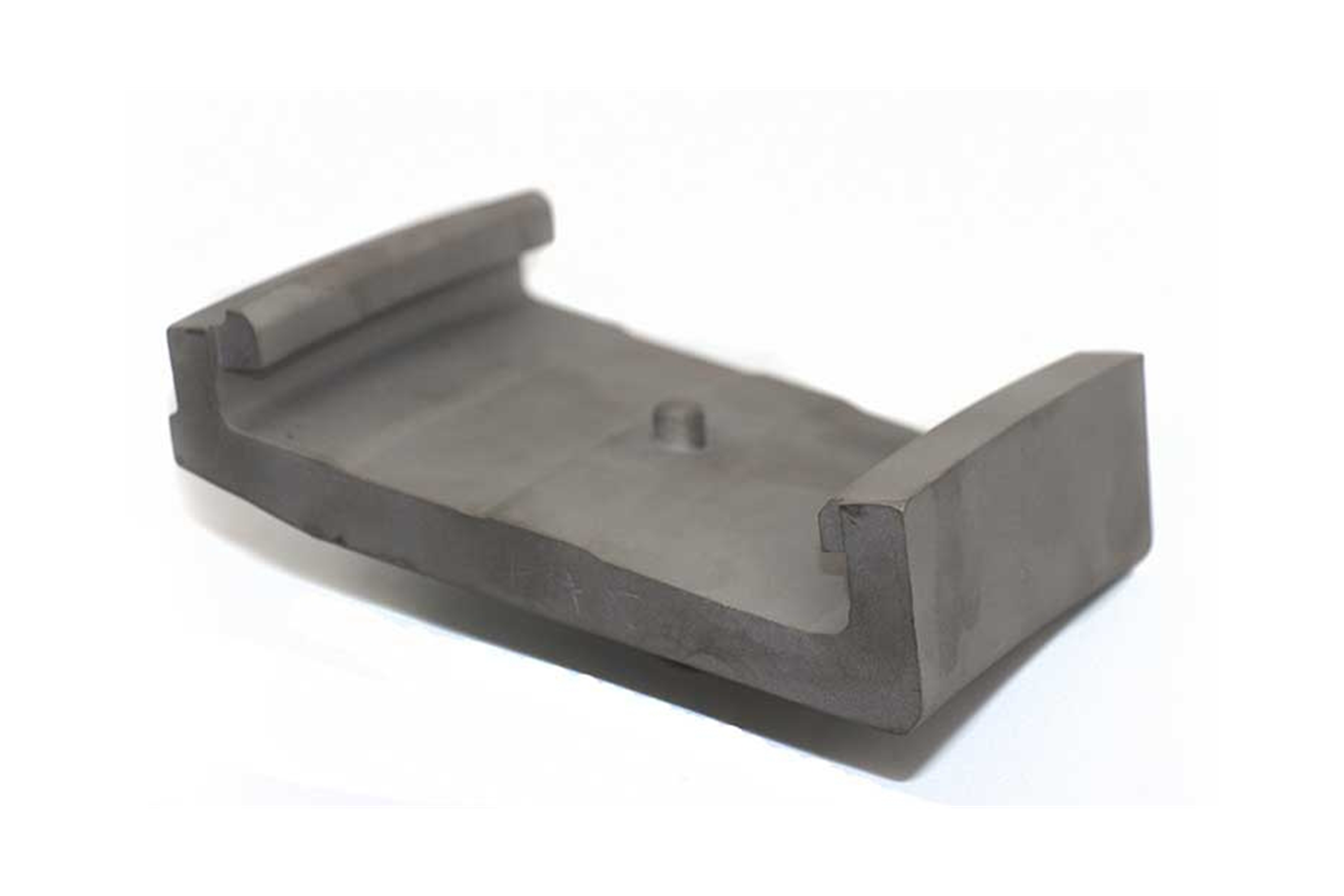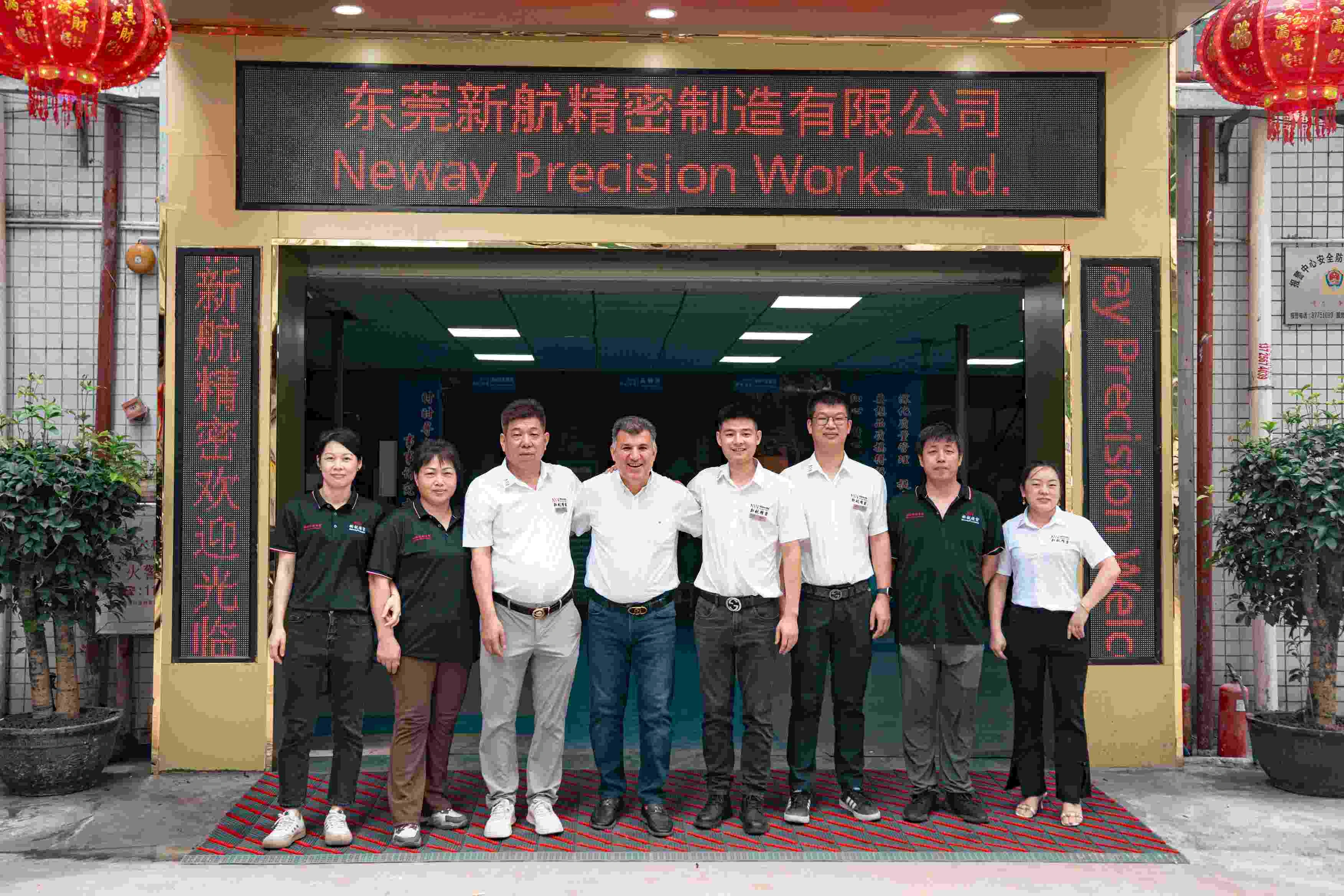Equiaxed Vacuum Casting Arc Segment
Introduction
Arc segments in turbine assemblies play a vital role in controlling and directing high-velocity gas flow across engine stages. These components operate under extreme temperatures and fluctuating pressure loads, demanding superior mechanical strength, thermal stability, and structural precision. Equiaxed crystal vacuum investment casting is the preferred method for producing high-quality arc segments from superalloys, ensuring optimal grain structure and metallurgical integrity.
Neway AeroTech specializes in equiaxed crystal casting of arc segments using premium-grade alloys such as IN713LC, Inconel 738, and Rene 80, serving applications in aerospace, power generation, and marine propulsion.
Core Technology of Equiaxed Vacuum Casting for Arc Segments
Wax Pattern Creation Injection-molded wax patterns achieve dimensional tolerance within ±0.05 mm, forming the foundation for precision arc segment geometry.
Shell Building Patterns are repeatedly dipped in ceramic slurry and refractory stucco to build 6–8 mm thick shells for structural integrity during casting.
Dewaxing Process Shells are autoclave dewaxed at 150°C to eliminate wax cleanly without damaging the mold cavity.
Shell Sintering Firing at 1000–1100°C strengthens the ceramic shell, ensuring thermal stability under molten alloy contact.
Vacuum Induction Melting Alloys like IN713LC are melted at ~1450°C under vacuum conditions (≤10⁻³ Pa), minimizing gas porosity and oxidation.
Controlled Equiaxed Solidification Molten alloy is poured into preheated shells and allowed to solidify under controlled conditions to form fine, equiaxed grains (0.5–2 mm).
Shell Removal and Cleaning After cooling, shells are removed via vibration and blasting, preserving surface integrity of complex arc profiles.
Post-Casting Heat Treatment Parts undergo solution heat treatment and aging to refine microstructure and optimize mechanical properties.
Material Characteristics of Equiaxed Cast Arc Segments
Operating Temperature: Up to 1000–1050°C depending on alloy grade
Tensile Strength: ≥1030 MPa at 20°C
Yield Strength: ≥860 MPa
Grain Size: ASTM 5–7
Creep Rupture: >200 MPa after 1000 hours at 800°C
Oxidation Resistance: Sustained performance in high-flow hot gas environments
These properties make equiaxed-cast arc segments ideal for turbine nozzles, vanes, and casing segments across multiple industries.
Case Study: IN713LC Equiaxed Cast Arc Segments for Gas Turbines
Project Background
A global power turbine manufacturer required arc segments capable of withstanding continuous operation at 950°C. Neway AeroTech supplied IN713LC arc segments cast using equiaxed crystal vacuum investment casting, meeting AS9100 specifications and dimensional tolerances of ±0.05 mm.
Typical Applications
Aeroengine Nozzle Guide Segments (e.g., PW4000): Require heat-resistant and fatigue-tolerant components
Industrial Gas Turbine Rings (e.g., SGT-800): Operate under sustained high load and heat
Marine Gas Turbine Flow Control Segments (e.g., LM2500): Demand corrosion-resistant high-temp alloys
Combustion Liner Arc Components: Must resist cyclic thermal stress and maintain shape
Structural Features
Precise curvature matching turbine inner/outer flow paths
Airfoil and segment locking features
Cooling holes or channels included in some configurations
Wall thickness down to 0.8 mm achieved with consistent precision
Arc Segment Casting Solution at Neway AeroTech
Material Selection & Vacuum Casting Alloys like IN713LC are selected for creep and oxidation resistance. Vacuum melting ensures chemical uniformity and porosity-free structures.
Precision Shell Molding Shells are built to exact profile tolerances, ensuring tight fit during turbine assembly with minimal post-machining.
Grain Structure Control Equiaxed grain size is maintained between 0.5–2 mm for uniform thermal expansion and crack resistance.
Post-Casting HIP Hot isostatic pressing (HIP) at 1150°C/150 MPa removes shrinkage defects and boosts fatigue performance.
Heat Treatment Process Solution + aging optimizes precipitation hardening, improving strength and creep resistance.
CNC Finish Machining Final surfaces are precision-machined using superalloy CNC machining for assembly readiness.
Non-Destructive Testing Parts are inspected using X-ray and ultrasonic methods for internal defects, ensuring zero-defect delivery.
Dimensional Inspection & Certification All segments pass through CMM checks and full documentation per customer specification.
Manufacturing Challenges
Achieving dimensional precision in thin, curved geometries
Controlling grain structure and surface finish uniformly across segments
Preventing hot tearing and shrinkage cavities during solidification
Ensuring repeatable results for high-volume production
Results and Verification
Grain size: ASTM 6 uniformity achieved across full segment surface
Dimensional deviation: <±0.05 mm verified via CMM and 3D scan
Mechanical properties exceeded tensile strength and creep benchmarks
100% pass rate on NDT across production batch
FAQs
What are the benefits of equiaxed vacuum casting for turbine arc segments?
Which superalloys are best suited for arc segment casting?
What is the typical dimensional accuracy of cast arc segments?
How does Neway AeroTech verify the casting quality?
Are HIP and heat treatment always required after casting?

